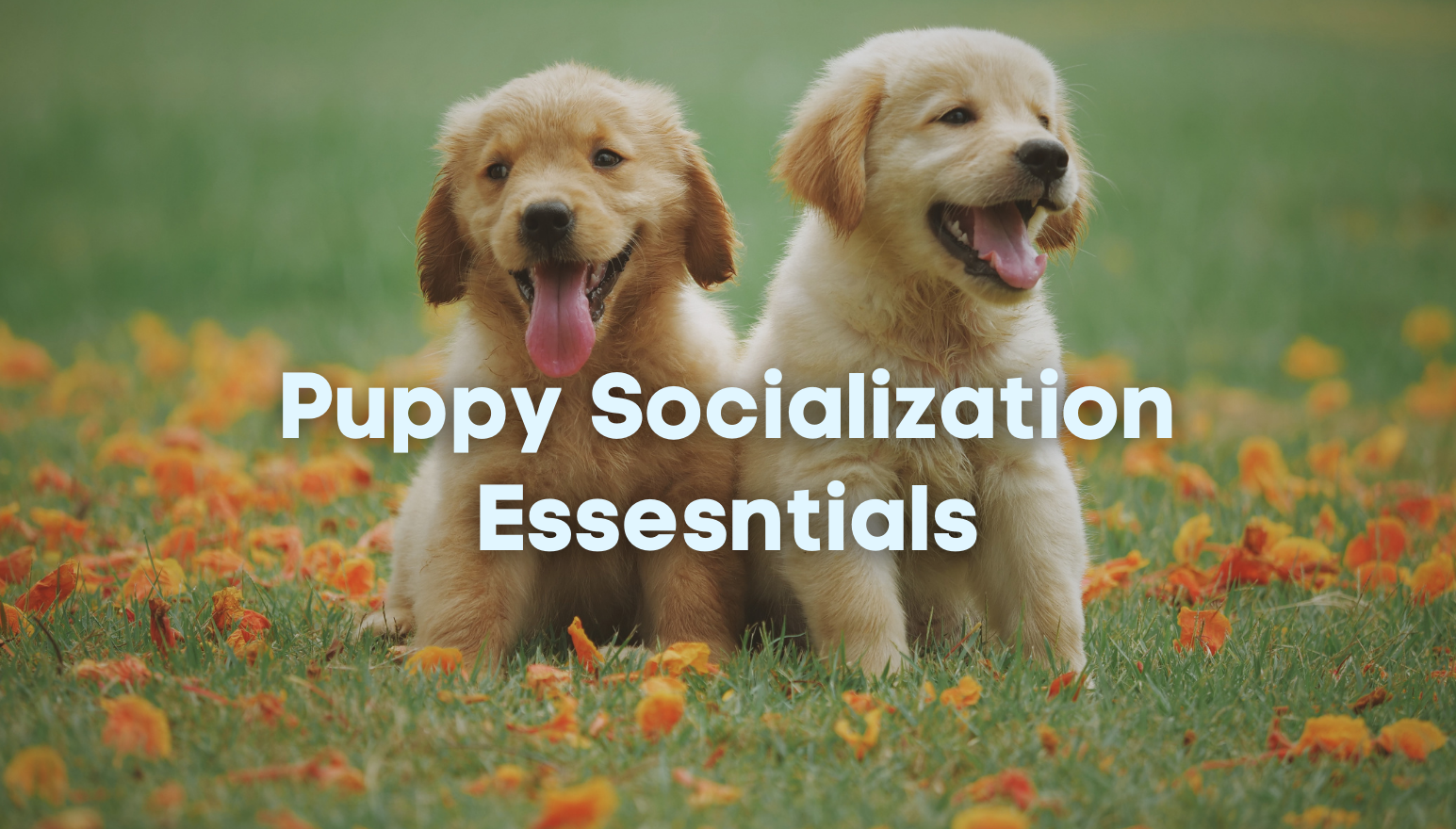Written by Niki Tudge. Copyright 2012
The study of motivation is concerned with why dogs do what they do. Motivation can be described as the direction and persistence of action. Common characteristics of motivation are that motivation is typified as an individual phenomenon, motivation is described usually as intentional and motivation is multifaceted. The purpose of motivational theories is to predict behavior.

The dogs level of motivation is also affected by it emotional state given the context it finds itself in. The dogs emotional state, its feelings will facilitate or inhibit motivation. The key canine need and thus the drive that motivates the dog is the need to survive, not just as an individual but as a species.
If a dogs motivation drive is blocked before reaching a desired goal there are two possible sets of outcomes. One outcome is the constructive approach. This approach would result in a dog problem solving. The dog will attempt other avenues or behaviors to achieve the desired goal. The second outcome is frustration behavior. Frustration behavior will result in aggression, regression, fixation or withdrawal.
Dogs that have had a positive learning and reinforcement history are more likely to attempt a constructive behavior approach when their motivational drive is blocked rather than reverting to aggression, regression or withdrawal.

It is important as dog trainers that we effectively structure our training sessions to prevent high levels of frustration developing, we need to supply ample amounts of reinforcement, communicate effectively with the dog, encourage their participation and understand their individual perception of the learning environment.
A professional dog trainer will moderate the task difficulty and take personal responsibility to ensure that behaviors are tested before moving to new more difficult behavior criteria. A professional dog trainer will also give clean and unambiguous feedback to the dog they are training and the trainer will use innovation in their training approach to ensure the dog is continually challenged at an appropriate level given their skill and motivation levels.
In summary the underlying concept of motivation is some driving force within the dog by which they attempt to achieve some goals in order to fulfill some need or expectation. To become effective and efficient dog trainers we need to recognize the importance of using appropriate rewards during the learning stage of each behavior, we need to give clean direction and use effective, fair and humane training procedures.
As dog trainers we need to use clear, concise communication systems with consistency in our verbal cues, physical prompts and lures so that we minimize undesirable outcomes. We need to train dogs in an environment that facilitates them moving into a constructive approach and not a frustration approach when their motivation drive is blocked. When dogs move into a problem solving scenario we have the opportunity as dog trainers to capture, shape and develop some very neat behaviors.




